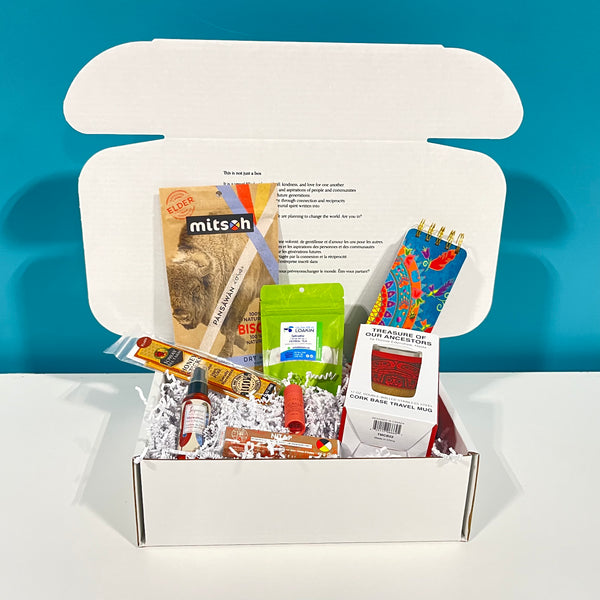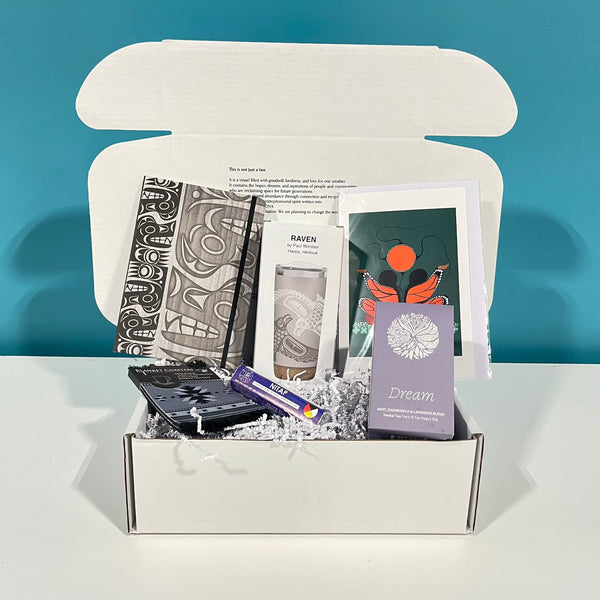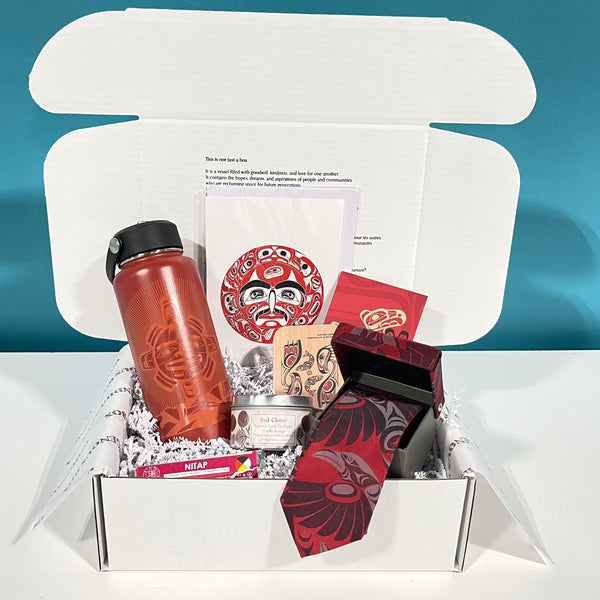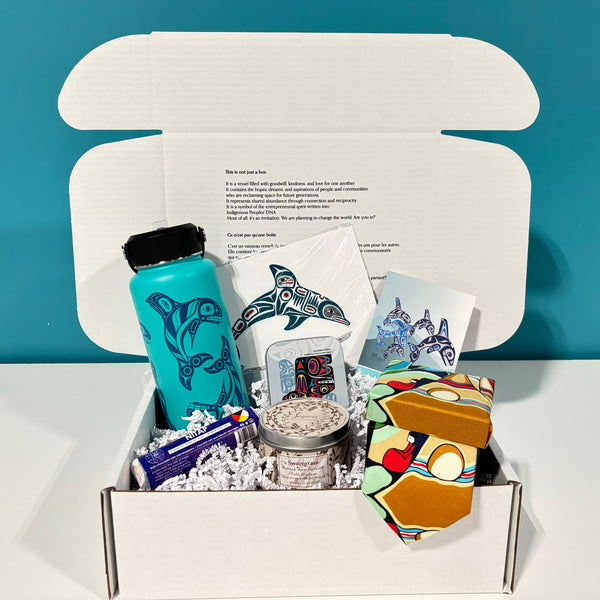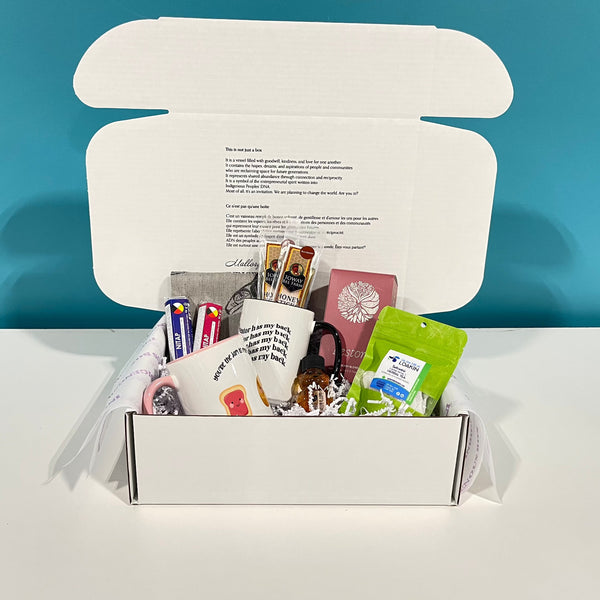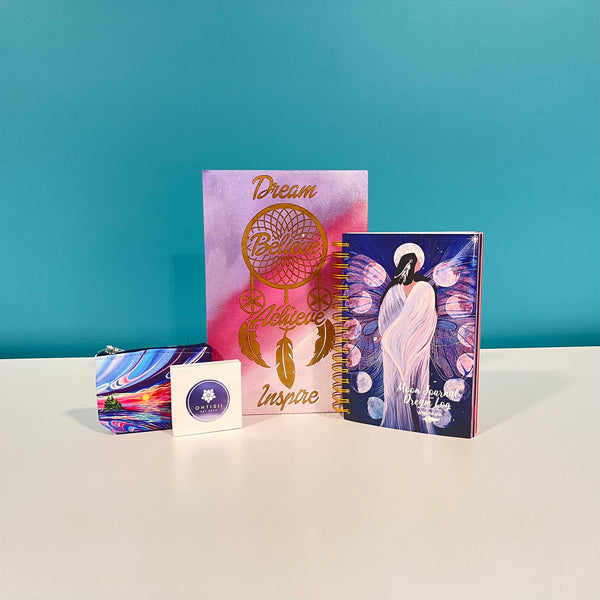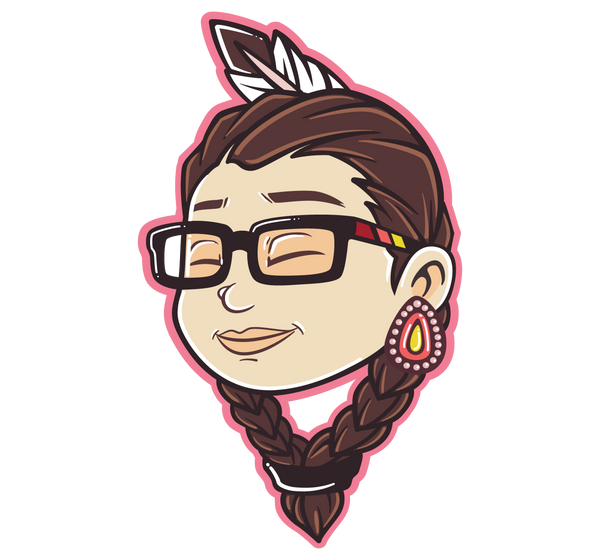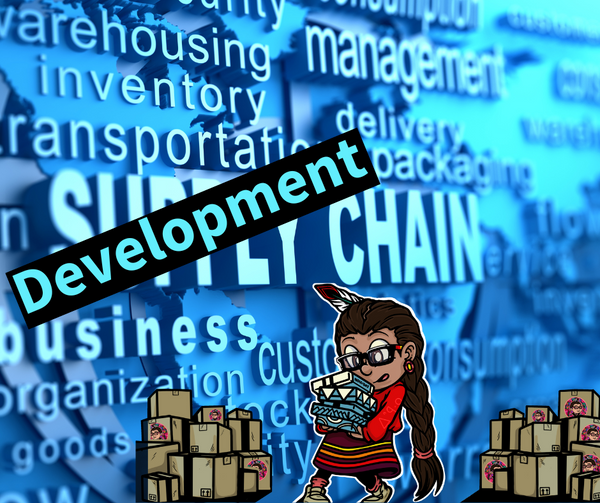
Impact by Design: The How Behind the Indigenous Box Why
The Development Chain Project
I changed my life by executing a systems design model to develop the foundation for economic growth not just for myself and my family but for the network of people I chose to rise with me. The action we took to build Indigenous Box is directly from my teachings both in my traditional and western education. The convergence of my teachings is executing what I call the Indigenous Box Impact by Design model.
“Reconciliation is critical, complex and continuous,” Murray Sinclair, former Senator and Chair of the Truth and Reconciliation Commission.
“Supply chains are critical, complex and they are in constant movement; they are rotational, evolving, non-linear and developmental.” Dr. Joong Son, MacEwan University, Supply Chain Management Professor
My worlds converged during my study of Supply Chain Management. In 2016 the TRC delivered it final report after 6 years of gathering testimonials and hearing stories from survivors and relatives of survivors of Canada’s Residential School history. It was a heavy time in my life to learn about what was done to our people. That very same year I was studying heuristics algorithms to find “good” solutions to complex problems.
That year was when my path became clearer. I realized that complex problems required even more complex envisioning. A lesson I could apply in many aspects of my life.
1000 days ago, my husband Kham and I accepted a $5,000 grant to develop and execute the business plan for Indigenous Box. It was ground zero for putting the wheels in motion to build something that could make a huge impact on our community. I always had a love for supporting Indigenous business, in fact I would consult on many website development projects, business plans, ideas, or concepts off the side of my desk at my 9-5 job. I was excited each time I had the opportunity to help someone build something of value and I saw that my contribution helped those solution seekers see that they too were valuable. But what if I could do more?
Indigenous Box started as a case study. We treated it like a project with complex problems that required two skilled problem solvers. Each decision, contribution and solution were carefully hypothesized, analyzed, and executed. Kham and I worked as if we were architects of change looking to construct uncharted blueprints. We’ve maintained this outlook as we laid the foundation for Indigenous Box. Some days we feel defeated by the complexities for many reasons but mostly because when you allocate a cost to something as abstract as impact you don’t know what the implications are. We don’t know because there are no standardized metrics….yet. But we persevered on the hope of uncovering the power we knew existed within our Impact by Design model. We kept this way of thinking every single one of the last 1000 days.
We started operating Indigenous Box, or rather “building the plane as we were taking off,” and all along we maintained operations as a complex supply chain. It was a textbook push-pull system and a high-demand chain where there was no shortage of complexities. We were pre-positioning purchasing in an uncertain market and taking big risks on our ability to build as we fly. There were very little analytics for us to properly forecast and the ebb and flows of the day-to-day were inconsistent. In our second year, we began to notice the patterns and took what little data we had gathered to build a forecasting model that would help us better position our strategy in the post-covid retail and e-commerce space. That is when we realized that all along, we had been treating Indigenous Box as a fully developed supply chain rather than the development chain that it really is.
Since this discovery our strategy has shifted to account for the network planning that is required to simultaneously build out the development chain, improve the push-pull nature of a localized supply chain and build the relationships we needed to secure the future of the business. All a work in progress.
We remind ourselves and our team that the work we do today will not only benefit our business and the growth of our position in the market but also the capacity and economic growth for our suppliers and evidentially the economy as a whole. One day the Indigenous supply chain or as I like to call it the original supply chain, will be just that, a supply chain; fully developed, fully operational and less volatile and dependent on the minimal raw materials available to our people today. One day, our ability to remain competitive in a competitive market will be equal to those of our non-Indigenous industry counterparts. But we’re not there yet.
I’m biased but I believe that supply chain professionals can solve any problem. But I don’t think we’ve ever been asked to solve things such as saving the planet, creating societal equality and economic benefit for Indigenous or other minority communities. We just need the parameters, the constraints and full understanding of what we are optimizing for. Now more than ever, we have the people to execute that work and we even have the tools to do it. I also don’t believe that creating equal access to modern supply chains is going to take brand new tools to implement but rather the application of a new perspective to the tools we already have.
If we continue to apply sub-optimal strategies, we will continue to garner sub-optimal results. Read that again and think back to the stories of the treatment of Indigenous people in this country. Now let’s apply the tools to create an optimal economic reconciliation strategy that includes diverse perspectives, understanding of the constraints and a bird’s eye view of the results we are expecting. It’s time to think outside the box and apply our lessons learned to the future of possibilities for the development chain of Indigenous Box and, ultimately, Indigenous business.
I say this because, as we close in on this year’s third quarter, we’re looking back and sorting through the data to better understand the needs of our community and how we (you and I) can make a difference. Thank you to all the individuals, non-profit organizations, governments, and corporations who have made Indigenous Box their corporate gifting service of choice. Together, we’ve put money back into the Indigenous development chain and the wheels are in motion to continue to create equality and capacity to thrive now and in the future.
Interconnection is the foundation to a fully developed Supply Chain, and it is the heart of what we do at Indigenous Box. Professor Joong Son once told me, “Us supply chain professionals must have the ability to take a step back and weigh risk on two factors: the first, probability of the event occurring and second, the impact of the event”. The impact of inaction is too great to ignore. Indigenous peoples are rising, and our resilience is inevitable. But we have more work to do.

